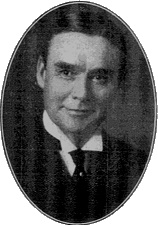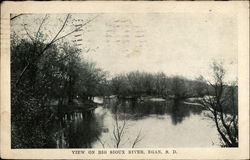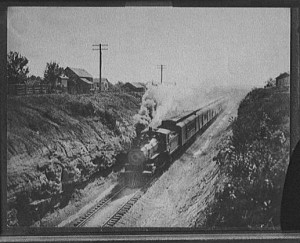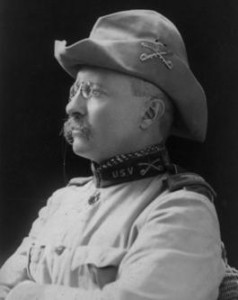
Lt. Colonel Theordore Roosevelt
When hostilities began between Spain and the U.S. concerning Cuba’s independence (see last post), the U.S. did not have a large standing army. Many men volunteered their services in the subsequent Spanish-American War, but most were not well-trained enough to be allowed into combat. One unit did have sufficient training and expertise: the First U.S. Volunteer Cavalry, or Rough Riders, recruited by then-Assistant Secretary of the Navy, Theodore Roosevelt. Roosevelt resigned his position to volunteer in this company, and originally envisioned it filled with men from the Indian Territory. Instead, the unit filled with a whole range of eager men from such diverse backgrounds as Ivy League athletes, glee-club singers, and Texas Rangers. Native Americans also joined the Rough Riders.
William Pollock (Tay-loo-wah-ah), a Pawnee, joined the Rough Riders and earned Theodore Roosevelt’s highest regards. Pollack fought in the battles of Las Guasimas, San Juan Hill, and Santiago with distinction, and Roosevelt said, “Among the men I noticed leading the charges and always nearest the enemy were Pawnee Pollock, Simpson of Texas, and Dudley Dean.” Pollack did not live long after the war; he died in 1899 and was buried with military honors in an Oklahoma Pawnee cemetery.
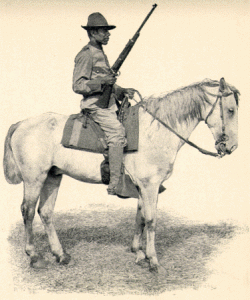
William Pollock, Rough Rider, from Theodore Roosevelt's book, The Rough Riders
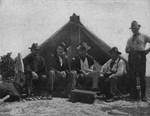
A Group of Rough Riders in Camp, courtesy Library of Congress
______________________________________________________________________________________




